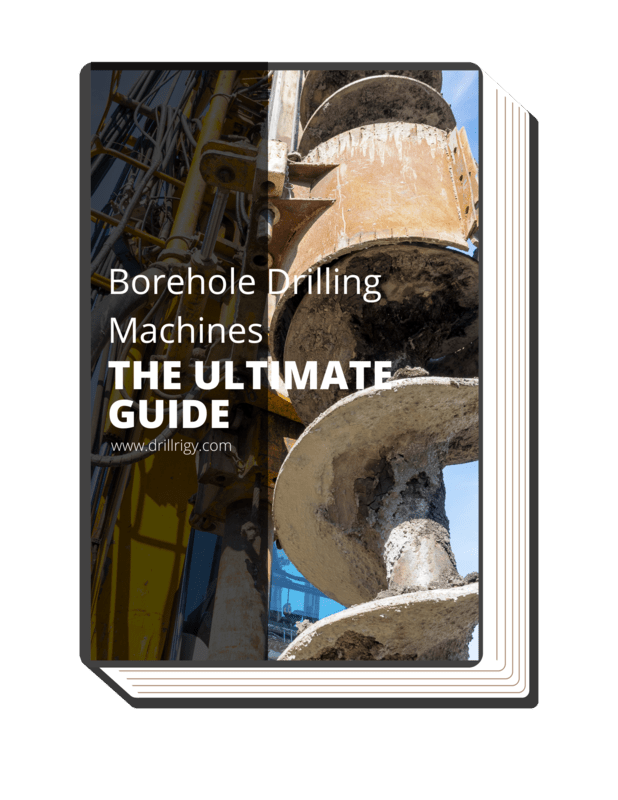The hydraulic drilling machine employs the rotary drilling process which involves the use of a bit attached to a drill string that is rotated to make a hole. The drilling fluid is circulated through the drill string to lubricate the bit and carry the rock cuttings to the surface, essential for operations like deep geothermal drilling. The drilling prowess of these machines, particularly from the trusted brand Drillrigy, is truly remarkable.
Customer Case
 Mr. Johnson
Mining Operations Director
Mr. Johnson
Mining Operations Director
We were in a fix with our drilling operations before we partnered with Drillrigy. Their truck-mounted drill rig was the exact solution we needed. It not only enhanced our drilling productivity but also increased our profitability. The efficiency and reliability of Drillrigy’s solutions are truly commendable. I would highly recommend their services to any company in need of advanced drilling solutions.
 Ms. Kim
Farm Business Owner
Ms. Kim
Farm Business Owner
As the owner of a large farm business, finding a solution to our water supply issue was crucial. When we approached Drillrigy, they listened to our needs, understood our challenges, and delivered exactly what we required. Their drilling rigs are top-notch, and the results were impressive. We managed to increase our water supply by 50%, cut down costs, and keep our crops on schedule. Drillrigy truly helped us transform our business.
 Ms. Smith
Operations Director
Ms. Smith
Operations Director
We are incredibly pleased with the comprehensive drilling solutions provided by Drillrigy. Their water well drilling rig, crawler drilling machine, and geothermal drilling rig proved instrumental in helping us successfully complete our sustainable energy project. Not only did they meet our requirements, but they also established a long-term partnership through their expertise in delivering versatile drilling solutions. We highly recommend Drillrigy for any drilling equipment and services needs.
